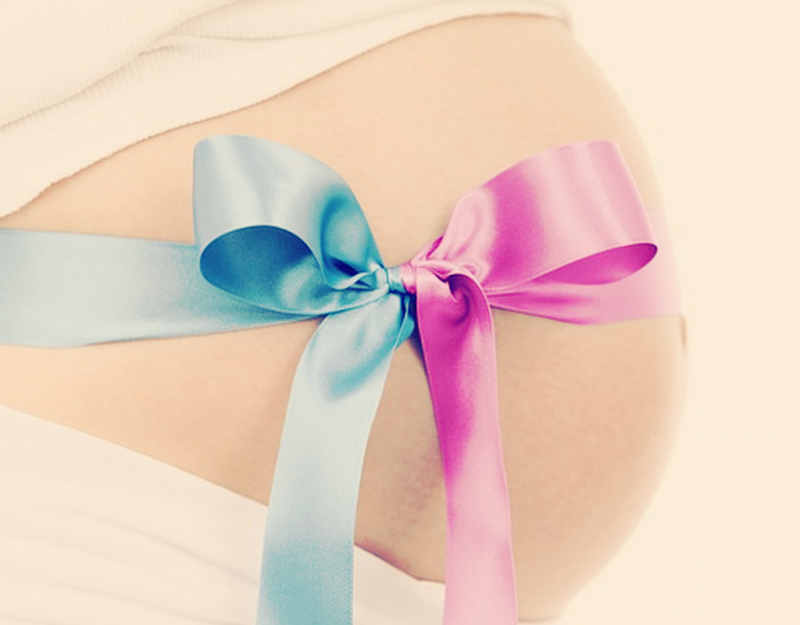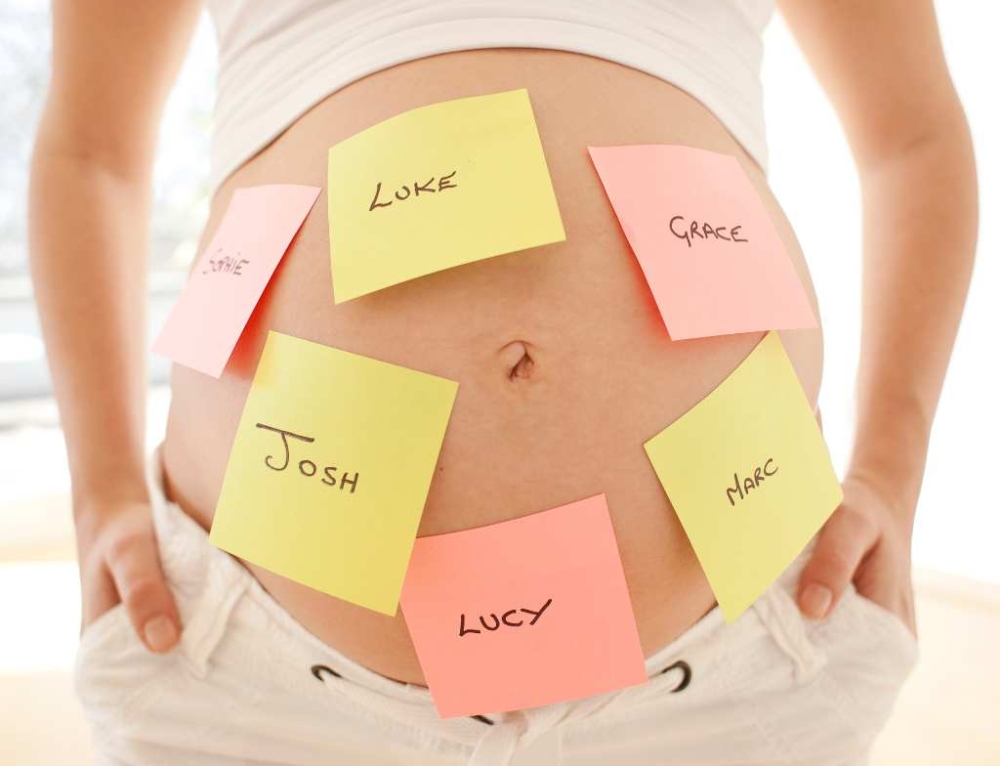For many expectant parents, the idea of waiting the full nine months before discovering the sex of their baby is not something they want to do. Blame it on our need for instant gratification or our desire to colour co-ordinate the nursery and the baby clothes, but more and more parents-to-be are choosing to find out the sex of their baby during pregnancy rather than waiting to enjoy the big surprise at birth. In fact, it is estimated that between 50-70% of expectant parents now find out the sex of their baby before birth.
It seems that almost since Adam and Eve started their family, different cultures around the world have developed methods of predicting the sex of babies, and while some seem completely random, others have proven to be highly accurate despite their lack of scientific credentials.
Some of the methods you can use to predict the sex of your baby are:
Ultrasound
Ultrasound – high-frequency sound waves produces images of your baby while it is inside your uterus – is undeniably scientific and highly accurate. While not as romantic as twirling a wedding ring over your pregnant belly, it is the most likely method to give you information you can rely on. It is rare for ultrasound technicians to get the sex wrong – though it does happen – and the most likely reason for you not to find out the sex of your baby with the help of an ultrasound is if your baby is being ‘shy’ by keeping its legs crossed so that the technician (and mum and dad!) can’t see whether there are dangly bits. Ultrasounds conducted between weeks 18 and 26 are the most accurate at predicting the sex of your baby.
Chinese gender charts
Legend says that the Chinese sex charts are over 700 years old and over 90% correct if used correctly. The gender of your baby is predicted based on the month of conception and the mother’s birthday – both expressed as dates in the Chinese lunar calendar. 90% correct seems like a big claim but anecdotally, many mothers who have used these charts during pregnancy enthusiastically swear by their accuracy.
Baby’s heart rate
This sex prediction theory says that girls and boys have different heart rates in the womb – a baby with a heart beat under 140 beats a minute is a boy, and a baby with 140 or over beats a minute is a girl. An easy method to divine the sex of your baby, but one that sadly lacks any scientific evidence. In fact, a study has proven conclusively that there is no correlation between the sex of your baby and its heart rate.
Wedding ring test
This test involves threading a wedding ring onto a thread or piece of hair. Hold the dangling ring over the pregnant belly of mum-to-be while she is lying down. If the ring swings back and forth like a pendulum, she is carrying a boy. If the ring swings in a strong circular motion, she is carrying a girl. No hard science supports this test beyond wishful thinking!
Draino sex test
Although this test has been around forever, it is NOT recommended that pregnant women do it because of the toxic fumes that result (and the environment doesn’t love it either). The test involves combining crystal Draino with a small amount of the mum-to-be’s urine in a jar. There will be a chemical reaction immediately. If the mixture turns a dark brown, you are expecting a boy. If the mixture doesn’t change colour, you are expecting a girl.
Carrying high or carrying low
Some people believe they can tell what you are having by simply looking at your belly. Where you are carrying your baby is meant to tell whether it’s a boy or girl you are carrying. High, and it’s a girl; low and it’s a boy. Sadly for believers of this theory, where you carry your baby has a lot more to do with your build, your weight and your baby’s position.
Morning sickness
Apparently, morning sickness is meant to be worse when you are expecting a girl. The ‘science’ to back up this theory is that when you are pregnant with a girl, your body is flooded with extra girl hormones which make you feel extra sick as your body adjusts to them.
Baby weight
Another sex prediction theory that can be conducted by simply looking at a pregnant woman, this one rests on the idea that when you are pregnant with a girl, you hold your extra baby weight on your bum and hips (something to do with these being the parts of the body being where women usually stack on the weight). If, however, you’re pregnant with a boy, all your extra baby weight will be at the front on your belly.
Guessing competition
When there are only two possible outcomes of any sex prediction test – boy or girl – simply taking a guess seems like a reasonable thing to do. After all, that still gives you a 50% chance of being correct. However, a study that asked pregnant women to predict the sex of their own baby showed that mums-to-be have a success rate far better than 50%! In fact, they correctly predicted the sex of their baby 71% of the time.
Amniocentesis and CVS
Amnio and Chorionic Villus Sampling (CVS) are two tests that may be performed during pregnancy if your baby is considered at high risk of having genetic or chromosomal abnormalities. Both these tests give a 99% accurate determination of your baby’s sex, however, these tests are never done to determine sex alone as they are both invasive procedures and carry with them a risk of miscarriage.







Leave A Comment
You must be logged in to post a comment.